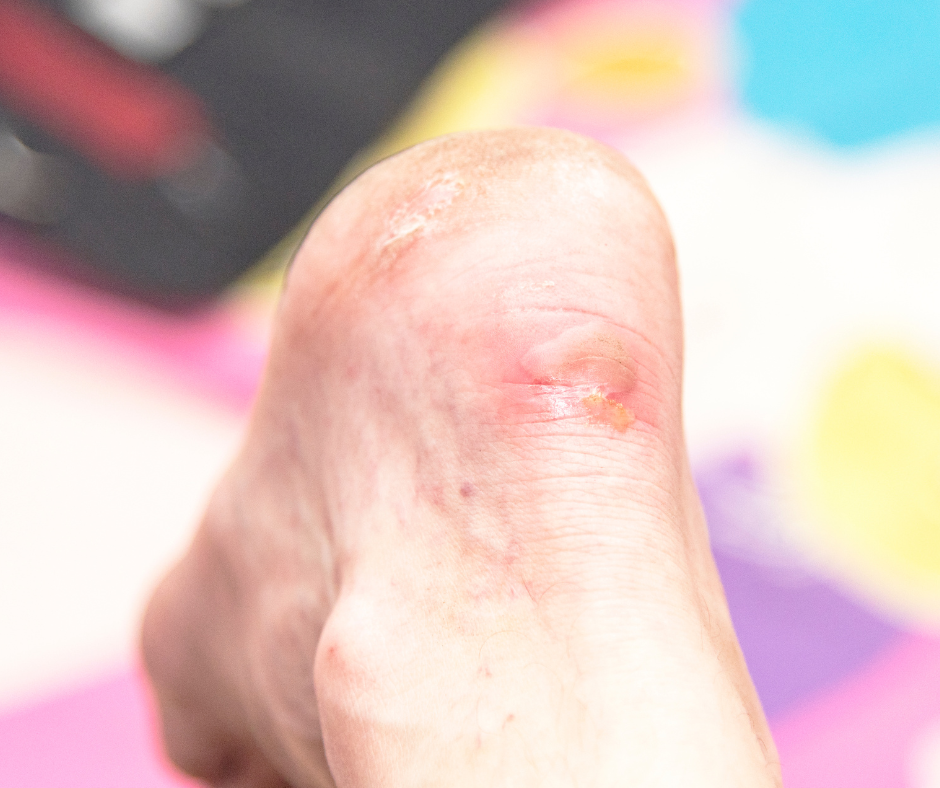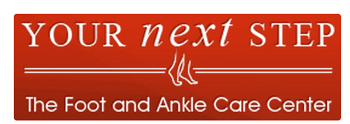
The beautiful fall weather inspires outdoor walks and hikes. But overdoing it can result in blisters. In today’s post, Dr. Eric Ricefield, Dr. Mark Yagodich, and Dr. Aliza V. Eisen of greater Philadelphia’s Your Next Step Foot and Ankle Care Center are sharing information regarding what causes blisters and how to avoid them.
What causes blisters?
Blisters are caused in several different ways, including some diseases. Following are the most common types of blisters and what causes them.
- Friction blisters: Typically caused by chafing on the skin, friction blisters develop when clear fluid accumulates in the upper layers of the skin. Many patients get friction blisters from walking too much in shoes that don’t fit properly or by not wearing any socks.
- Heat blisters: You can get these blisters from sunburn or burns. Blistered skin is part of a second-degree burn.
- Blood blisters: These typically develop when something on your skin is pinched. Blood floods the area from broken blood vessels instead of clear liquid. The blood pools, causing a blister.
How should I deal with blisters?
Most blisters usually heal on their own within a couple of days. You can do some things at home to relieve the discomfort, including:
- Gently washing the area using a mild soap
- Applying antibacterial ointment or cream
- Covering the blister with gauze or a bandage.
Change the bandage daily and fight the urge to break or pop a blister open or peel it off. The skin on the blister safeguards the deeper layers of skin from becoming infected.
How can I prevent a blister from forming?
There are numerous options for preventing blisters. Most options involve caution and preparation.
Friction blisters:
- Make sure your shoes fit properly and don’t rub your foot
- Break in new shoes
- Protect your hands with gloves when doing a lot of manual labor
- Wear clothes that fit properly to prevent chafing.
Heat blisters:
- Use sunscreen when in the sun for an extended period
- Be careful when working around a fire or handling hot items
- Wear weather-appropriate clothing to avoid frostbite.
Blood blisters:
- Remain alert when using things that can pinch
- Wear gloves when working in tight situations.
When should you see a doctor regarding your blisters?
Schedule an appointment with your podiatrist if your blister does not get better after a few days or if it becomes infected. When there is an infection, your skin will be swollen and red, and the blister will be filled with a yellowish or white fluid rather than blood or clear fluid.
Blisters are quite common, but that doesn’t make them any less painful. For hikers, runners, or anyone who is on their feet for extended periods, blisters can be a major discomfort.
If you have a blister and it hasn’t improved after a few weeks of self-care, it’s time to visit your podiatrist for an exam and diagnosis.
Contact the team at Greater Philadelphia’s Your Next Step Foot and Ankle Care Center today to schedule a visit. Click here to locate contact information for the office nearest you.
